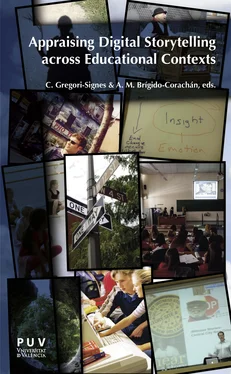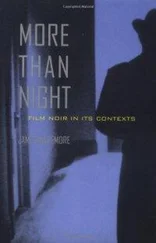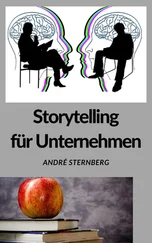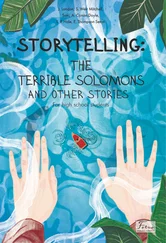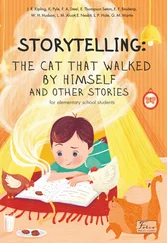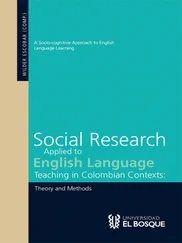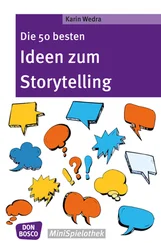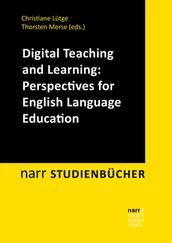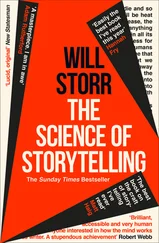Outside the world of institutionalised education, from kindergarten to university and pre-service teaching, digital storytelling has often been deployed as a tool for self-representation and for social inclusion, especially within communities that have traditionally been left outside the digital sphere (Lundby 2008; Hancox 2011). Digital storytelling can encourage people of all ages, genders, and heritages to become participative citizens in 21 stcentury online cultures (Jenkins 2006). Closing our volume, Mark Dunford’s and Alison Rooke’s article, “Extending Creative Practice,” (ECP) examines such ways in which digital storytelling can become an empowering tool for older adults in broader social/educational contexts. ECP is a pan-European project that integrates media, education, social services, and care in Slovenia, Romania, Finland, and in the United Kingdom, where it is also known as Digi-Tales. The project’s focus group is older adults, a collective that has traditionally been excluded from technology and the digital sphere. As stated in the article, 65% of European adults in the 65-74 age range had never used Internet in 2012, while this was only the case for 4% of European youngsters between 15-24 years of age. According to Dunford and Rooke (in this volume), digital storytelling can be an effective tool that increases the “range and amount of opportunities for autobiographical storytelling” within a collective that is rich in personal and social experience. This age group has lived through many historical transformations, yet often has fewest opportunities to share such knowledge in today’s e-society.
A series of DS workshops were therefore carried out with the aim of building creative digital practice through oral history and the arts. Although ECP’s main priority was to reduce the digital divide and so increase active ageing, workshop trainers soon expanded its focus of interest and addressed the rich pool of lived experiences that were being generated by project participants. Through content analysis of these oral histories and focus group feedback, Dunford and Rooke explore core features of elderly DS in a selection of narratives from the four participating countries, paying particular attention to the powerful role of photographs and images within DS. Their conclusion is that DS proves to be a user-friendly digital tool that enables e-inclusion because it works in combination with more traditional forms of autobiography and narrative that older collectives are familiar and comfortable with. DS workshops may thus contribute to bridge the technological gap for the elderly, increasing their independence, their access to public services, and their civil participation in the digital sphere.
3 Conclusion
The benefits of implementing Digital Storytelling as an approach and tool in all levels of education and pedagogical settings are numerous and varied. For students, the practice of storying , that is, developing a stronger understanding of narrative structures and mental meaning construction (Hamilton and Weiss 2005 cf. Ramírez Loya, in this volume) becomes a fundamental resource in their repertoire of learning strategies, as both the process of listening and telling stories and also the process of sharing experiences and negotiating while the stories are being created strengthens communication, collective reflection, collaborative learning, social skills, emotional intelligence, and self-confidence (cf. Lambert, Robin and McNeil, Nguyen and Robin, Maureen in this volume).
From a teaching perspective, several contributors to this volume agree that implementing digital storytelling activities in the classroom creates more active, reflective, and innovative educators and can also alleviate both technological anxiety (cf. Yuksel et. al.) and the so-called practice shock , the stressful disconnect that creates an often unsurmountable gap between pedagogical theory and professional practice for teachers at the beginning of their careers (cf. Jamissen and Haug).
Within a broader social context, digital stories work as a form of knowledge-transmission, while bringing self-recognition, emotional and social empowerment to their creators. Given the fundamental characteristics of digital storytelling (short message, narrative coherence, authorial voice, and effective integration of multimodal elements, among others) we can affirm that implementing DS in all levels of education and pedagogical settings enables practitioners to become aware of the importance of core storytelling elements such as plot, narrative voice, structure, internal coherence, and a critical interpretation of information. Thus, they can transfer their understanding of narrative to other socio-political fields such as the press and other forms of electronic media, where, as Palau points out in this volume, we see an increasing abandonment of solid stories in favour of atomised, disjointed facts where information is incoherently singled out, while ethical commitment and civil responsibilities are left aside. Strengthening the story-telling aspects of DS may thus help us face the new narrative challenges of fragmented, hurried, ephemeral communication in the digital age. Beyond institutionalized education, digital storytelling is already becoming an empowering tool for self-representation and social inclusion within collectives such as older adults, who have traditionally been left outside the digital sphere (Hancox 2011, cf. Dunford and Rooke, in this volume).
Although still a challenge for many other collectives, the use of technology has become an available, familiar tool for an increasingly wide sector of the world population today. The “digital” now makes little difference, since the analog, as Lambert argues in this volume, “has essentially failed to exist”. However, enabling people to “increase depth and emotional power” in their stories, “to make them effective and memorable storytellers at all levels of literacy, becomes a continuing challenge for all practitioners […]” (cf. Lambert, in this volume) as does the achievement of multi-modal fluency. The focus must now turn from technology to narrative structure and voice again, to ideas, self-confidence, and creativity in these new multimodal literacies –to the core elements of human storytelling since its emergence.
References
Alcantud-Díaz, M. and Gregori-Signes, C. (eds.) (2013). Experiencing Digital Storytelling . JPM Ediciones.
Alcantud-Díaz, M., A. Ricart Vayá, and C. Gregori-Signes (2014). “‘Share your experience’. Digital Storytelling in English for Tourism”. Iberica , 27, 185-204.
Barrett, H.C. (2006). Digital Stories in ePortfolios: Multiple Purposes and Tools . < http://electronicportfolios.com/digistory/index.html>. Accessed 04/01/2007.
Brígido-Corachán, A. M. (2013). “Cultural Digital Stories: Building Up Research through Hi-storytelling and Learning Object Design.” In Alcantud, M. and C. Gregori-Signes (eds.). Experiencing Digital Storytelling . JPM Ediciones.
Bou-Franch, P. (2012). “Multimodal Discourse Strategies of Factuality and Subjectivity in Educational Digital Storytelling.” Digital Education Review , 22, 80-91. Accessed: 02/01/2014.
Connelly, F.M. and Clandinin, D.J. (1990). “Stories of Experience and Narrative Inquiry”. Educational Researcher . 19 (5), 2-14. Dogan, B. and Robin, B. (2008). “Implementation of Digital Storytelling in the Classroom by Teachers Trained in a Digital Storytelling Workshop.” . The Educational Uses of Digital Storytelling . University of Houston, Texas. Accessed 12/2013. Gregori Signes, C. (2008). “Integrating the old and the new: Digital Storytelling in the EFL language classroom”, Greta , 16, 1 and 2: 29-35. Gregori-Signes, C. and Pennock-Speck, B. (2012). “Digital Story as a genre of self- mediated representation: an introduction.” Digital Education Review , 22: 1-8.
Читать дальше
